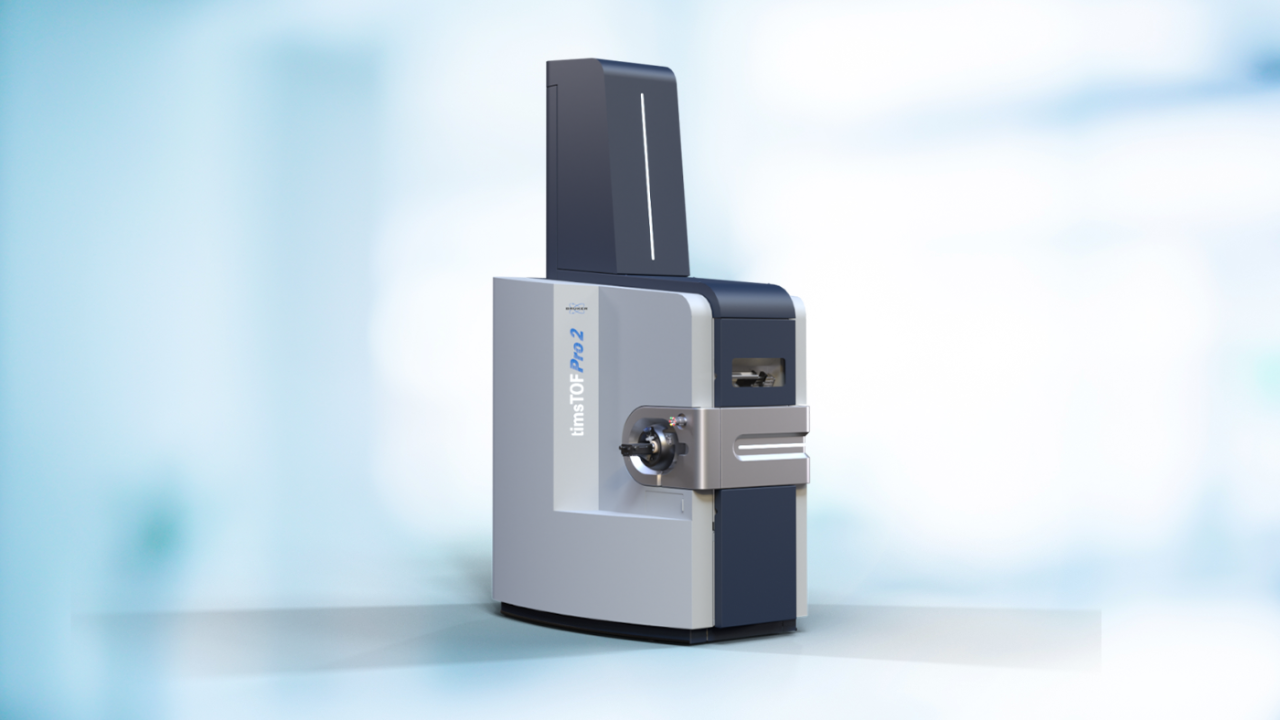

Advances in clinical proteomics research with high-throughput mass spectrometry
Introduction
Professor Roman Fischer and his research team use Bruker’s timsTOF Pro to develop new methodologies for the proteome characterization of blood-derived clinical cohort sample sets. The timsTOF instrument allows the analysis of complex samples, facilitating high-throughput proteomics which can legitimize drug targets to accelerate drug development, comprehensively identifying all proteins and their associated biological activities.
Professor Roman Fischer, Associate Professor in Clinical Proteomics at the TDI and his research team study protein function, dynamics, post-translational modifications (PTMs) and their effects on protein turnover, antigen presentation and metabolic pathways. The TDI aims to utilize the power of proteomics as a driving force to find new cures for human diseases, with mass spectrometry (MS) helping to uncover critical molecular windows within complex disease processes. The group focuses on proteomics and biochemical approaches and works in close collaboration with many hospital sites in Oxford. It is these integrative approaches that have led to a more comprehensive picture of molecular processes in human disease.
Clinical proteomics: the challenge
Many collaborations have integrated proteomics to become a major part of the research strategy, which has translated into increased demand from clinical researchers to include proteomics analysis of their samples. Ongoing developments in MS technology have enabled researchers to start visualizing the proteome, with the goal of identifying all proteins and their associated biological activities. Large datasets also demand high-throughput proteomics in order to obtain clinically useful results.
A robust solution for clinical research
The Bruker timsTOF Pro significantly improved the ability of Prof. Fischer’s team to achieve high-throughput proteomics for clinical studies. The key benefits include the robustness of the timsTOF Pro and speed of analysis, which permit reproducible, qualitative information from smaller amounts of complex samples.
Prof. Fischer elaborates: “Compared to other instruments, we really shorten gradient times, even for samples like total cell lysates, without compromising the depth of the data we get. Plus, we don’t compromise sensitivity for the increased speed and robustness.”
COVID-19 research
The timsTOF Pro has allowed the TDI to push the boundaries of clinical proteomics research. For example, the COVID-19 Multi-omics Blood Atlas Consortium (COMBAT) used the timsTOF Pro in a study to enable deep phenotyping of the host immune response in COVID-19 infections. This study of 200-300 patients allowed for the characterization of the immunological response to SARS-CoV-2 with the goal of early identification and targeted treatment of patients prone to severe disease.
The study took a new approach by using subgroups of these samples to analyze with other omics techniques, such as site analysis of certain blood cells. The plasma proteome enabled sub-phenotyping into patient clusters, which were predictive of severity and outcome. Rather than taking a genomics approach on the whole sample set, then further analyzing a subset with proteomics, the timsTOF Pro uses proteomics to cover the entire sample set, then other technologies are employed to cover a subgroup.
In future, there will be potential to use high throughput proteomics in a clinical setting, where the timsTOF Pro conducts day-to-day screening of patient samples, with the ultimate goal of developing better targeted drugs.
References
[1] COvid-19 Multi-omics Blood Atlas (COMBAT) Consortium. COvid-19 Multi-omics Blood Atlas (COMBAT) Consortium. A blood atlas of COVID-19 defines hallmarks of disease severity and specificity. Cell. 2022 Mar 3;185(5):916-938.e58. doi: 10.1016/j.cell.2022.01.012. Epub 2022 Jan 21. PMID: 35216673; PMCID: PMC8776501.
For Research Use Only. Not for use in clinical diagnostic procedures.

